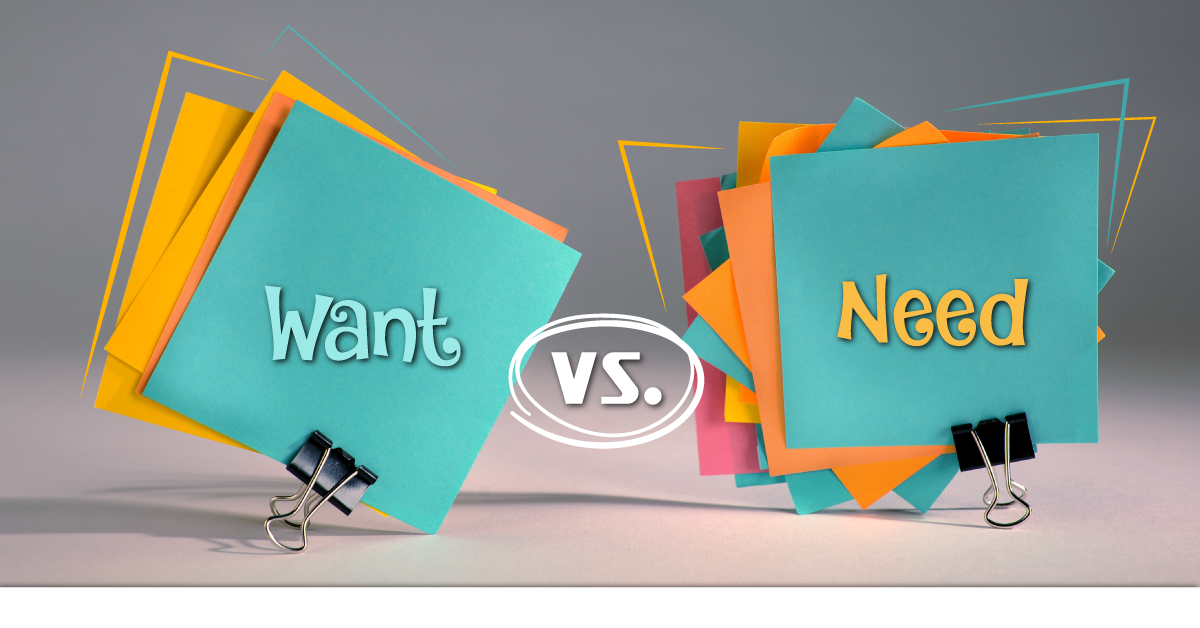Needs V Wants
One of the most important concepts to teach children as you introduce financial literacy is the difference between “needs” and “wants.” This simple distinction is the foundation of good money management and will help them make smart financial decisions throughout their lives.
Needs are essentials for survival or well-being, such as food, shelter, clothing, healthcare, and education. These are things we cannot live without and must prioritise in our spending. On the other hand, Wants are things that we enjoy or desire, but they are not essential for living. These could include toys, games, designer shoes, or eating out.
To introduce this concept, sit down with your children and explain the two categories. Use real-life examples to help them understand. For example, when you are at the supermarket, ask them, “Is milk a need or a want?” and “How about that bar of chocolate?”
Here are 3 simple activities to teach Needs Vs Wants
- The Shopping List Exercise
Create a shopping list together, then go through each item and categorise it as either a need or a want. This activity can be done before a trip to the supermarket or while you are shopping online. This not only helps children understand the difference between the two categories but also introduces them to the idea of prioritising needs over wants.
We recommend this amazing book “Needs and Wants” by the amazing Rumbi Mutopo (available in our bookshop) to help you get started.
- Needs Vs Wants Jar
For younger children, you can make the concept fun by creating two jars labelled “Needs” and “Wants.” Whenever your child receives pocket money, encourage them to sort some of the money into each jar. You can decide together what percentage goes into needs (like saving for school supplies) versus wants (like saving for a toy). Over time, they will develop an understanding of balancing the two.
- Scenario Games
You can also play scenario-based games with older children. Present them with a budget and ask them to prioritise spending on different items—some essential and others non-essential. This helps them develop decision-making skills while understanding that sometimes you have to choose needs over wants when money is limited.
When children understand the difference between needs and wants, they are more empowered to make thoughtful choices about spending and saving. It also gives them a sense of control over their financial future, a lesson they will carry into adulthood. This foundation in financial literacy can prevent impulse spending and lead to healthier financial habits as they grow.
By starting these lessons early and integrating them into daily life, you help create financially savvy children who can confidently handle money and understand the value of making informed financial decisions.
Stay healthy and Wealthy
Written by: Anjie Enabor, FCCA
Reviewed by: WordsMaestro







